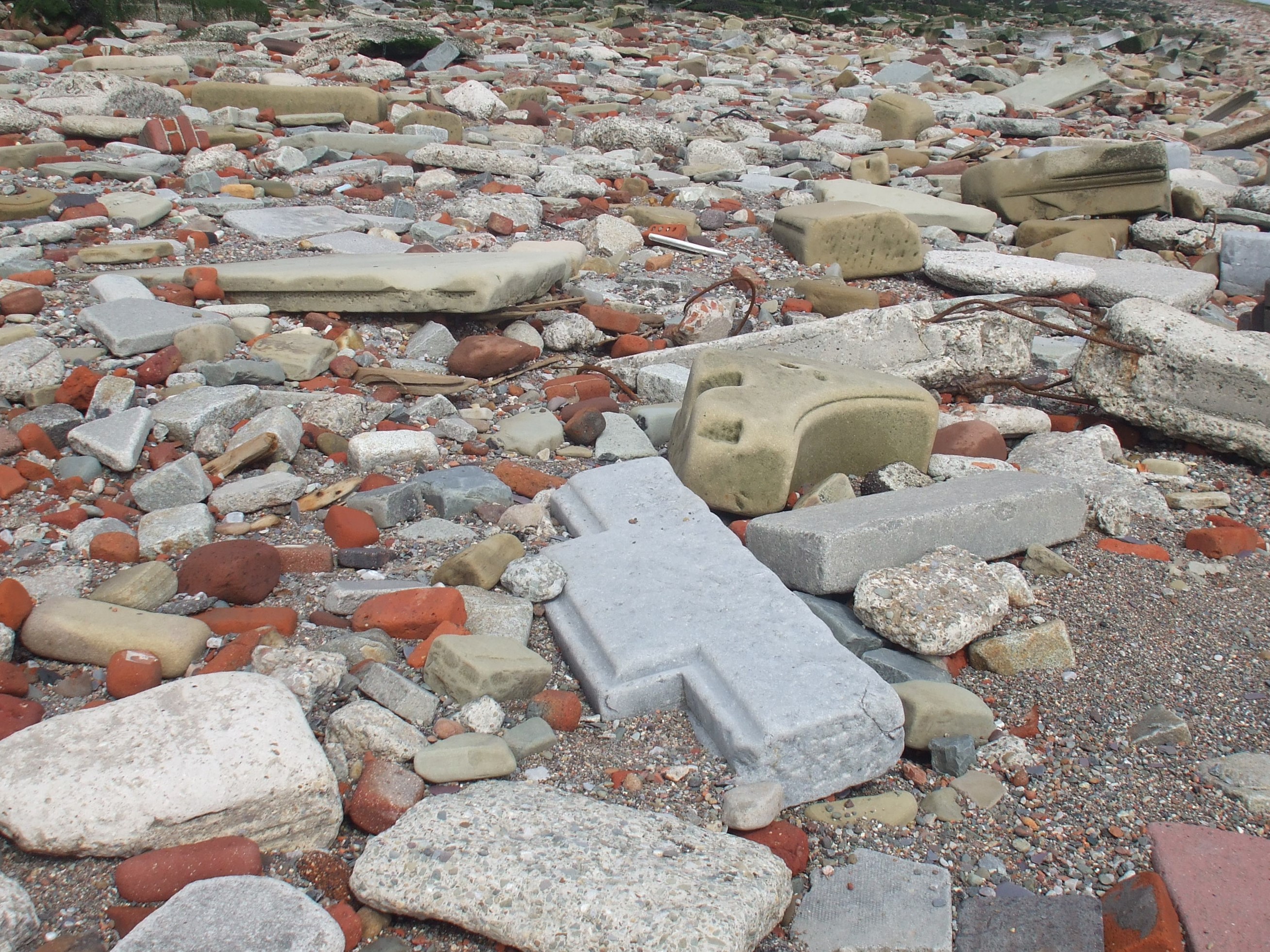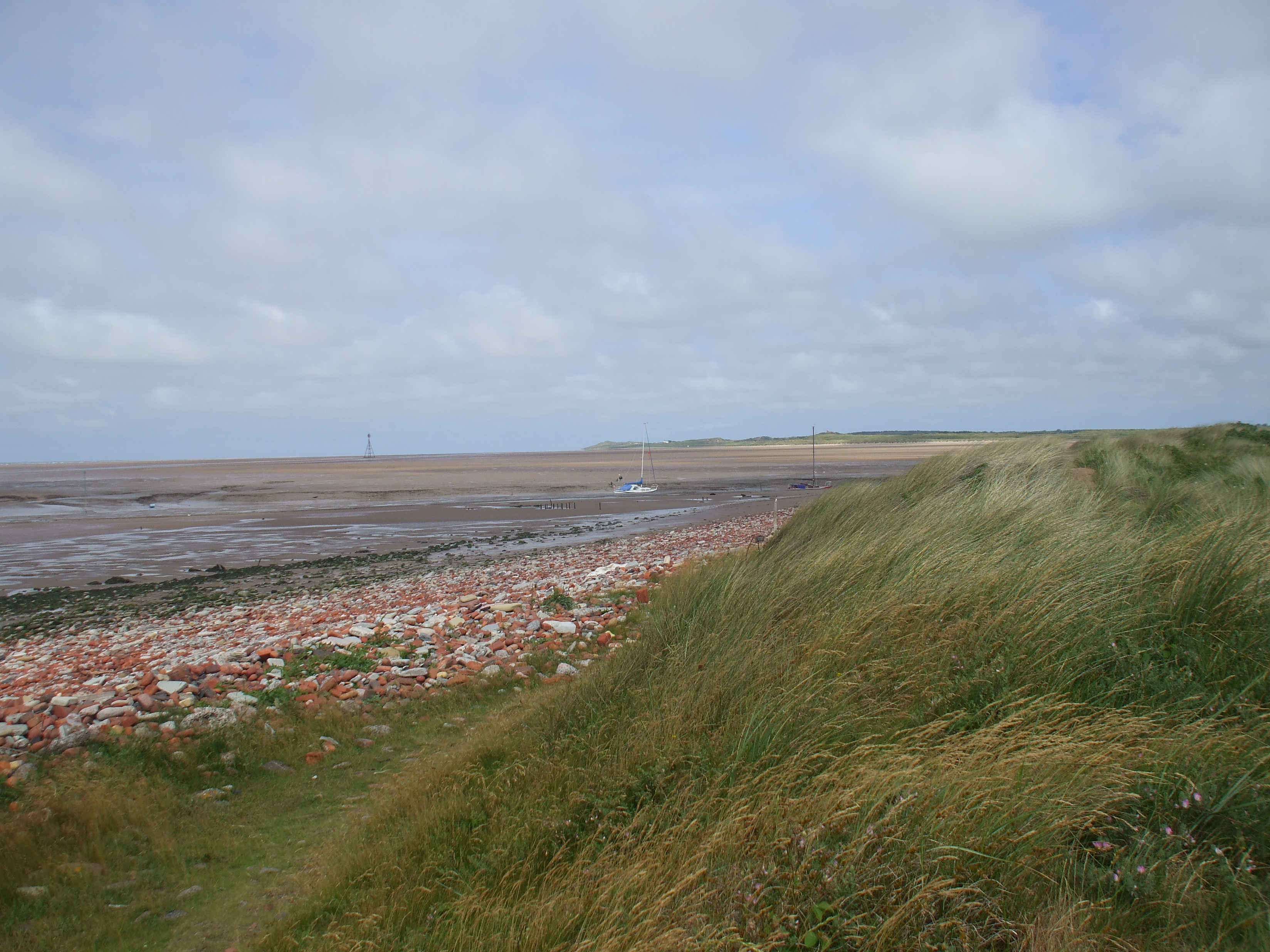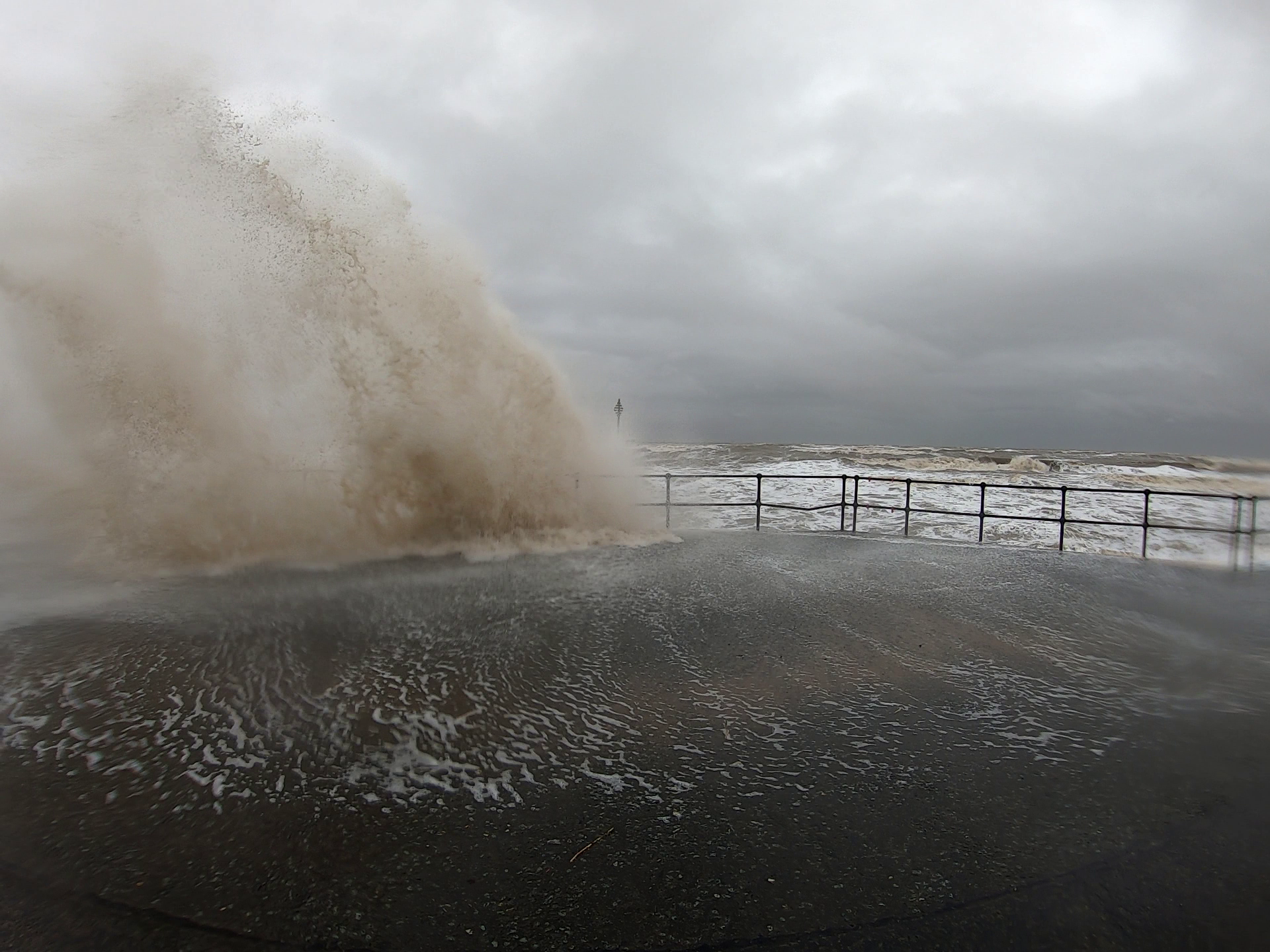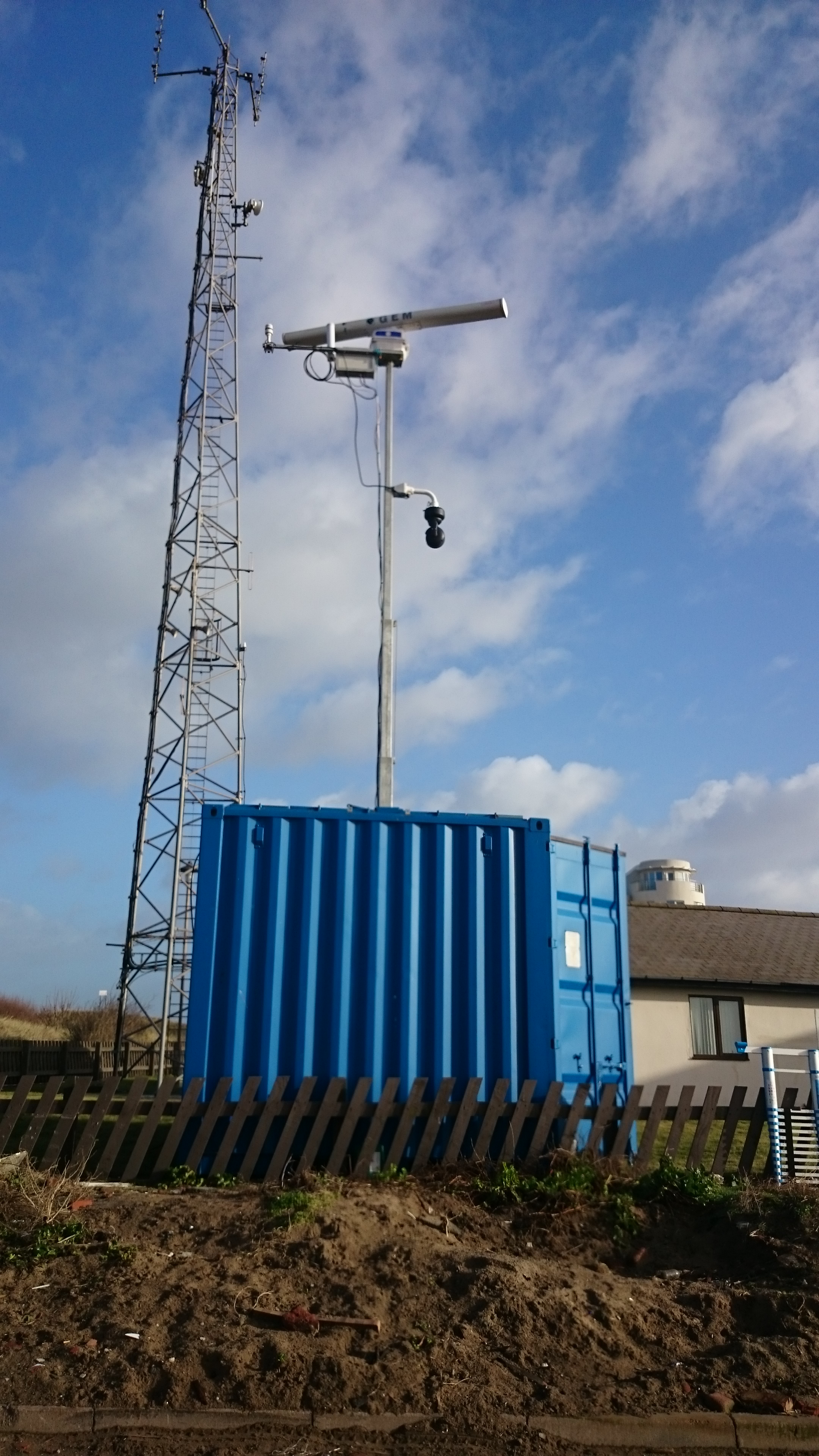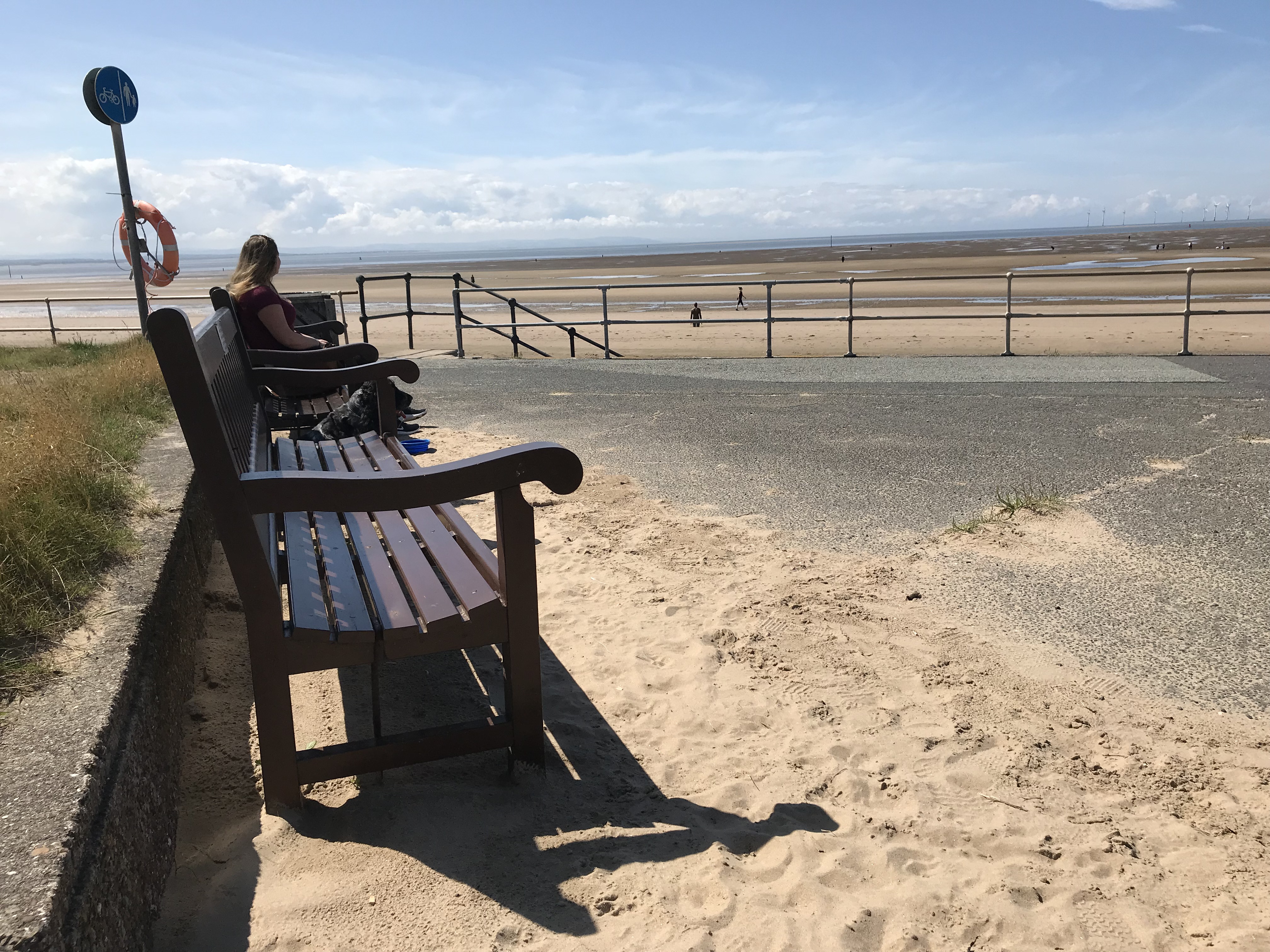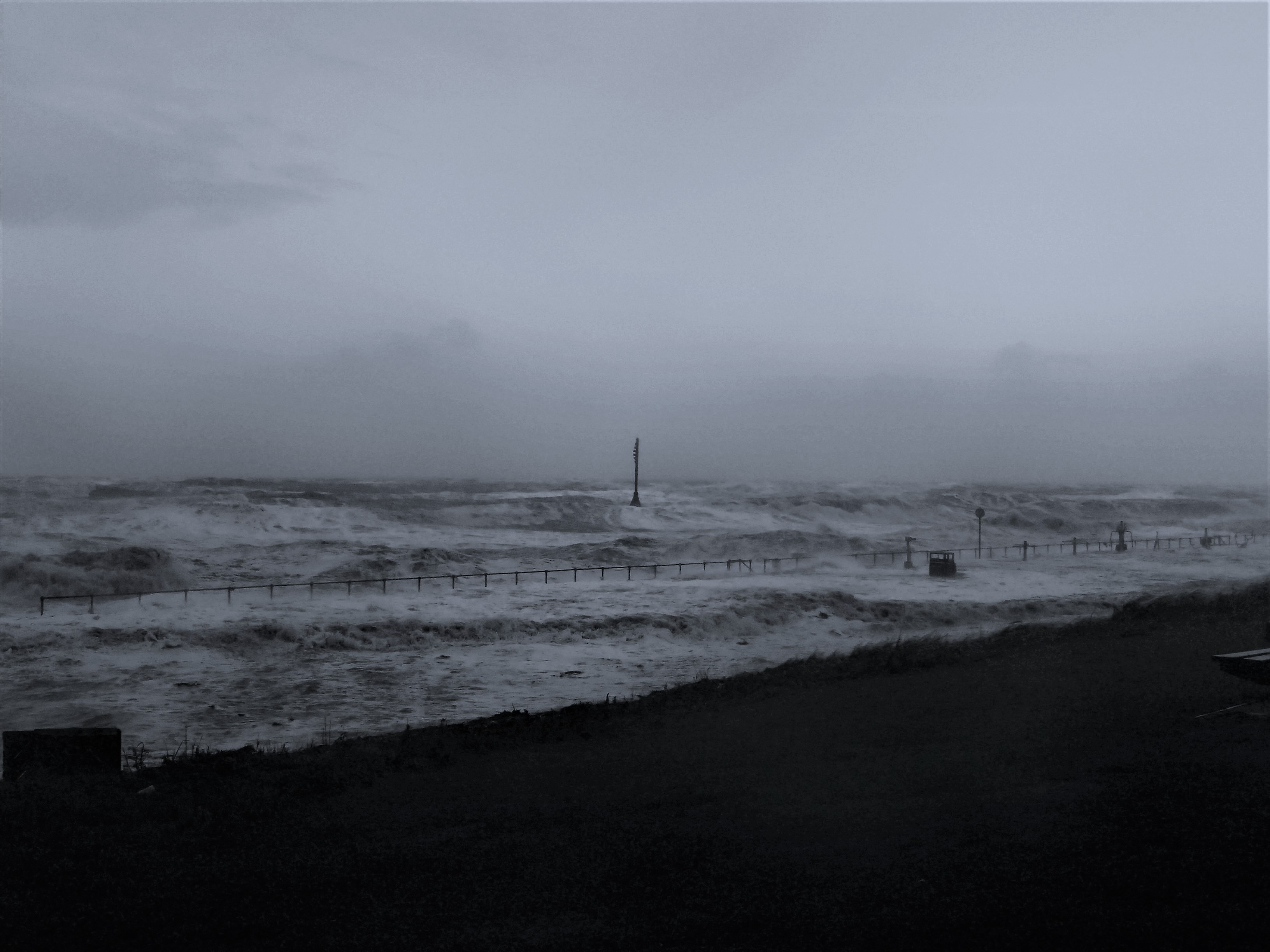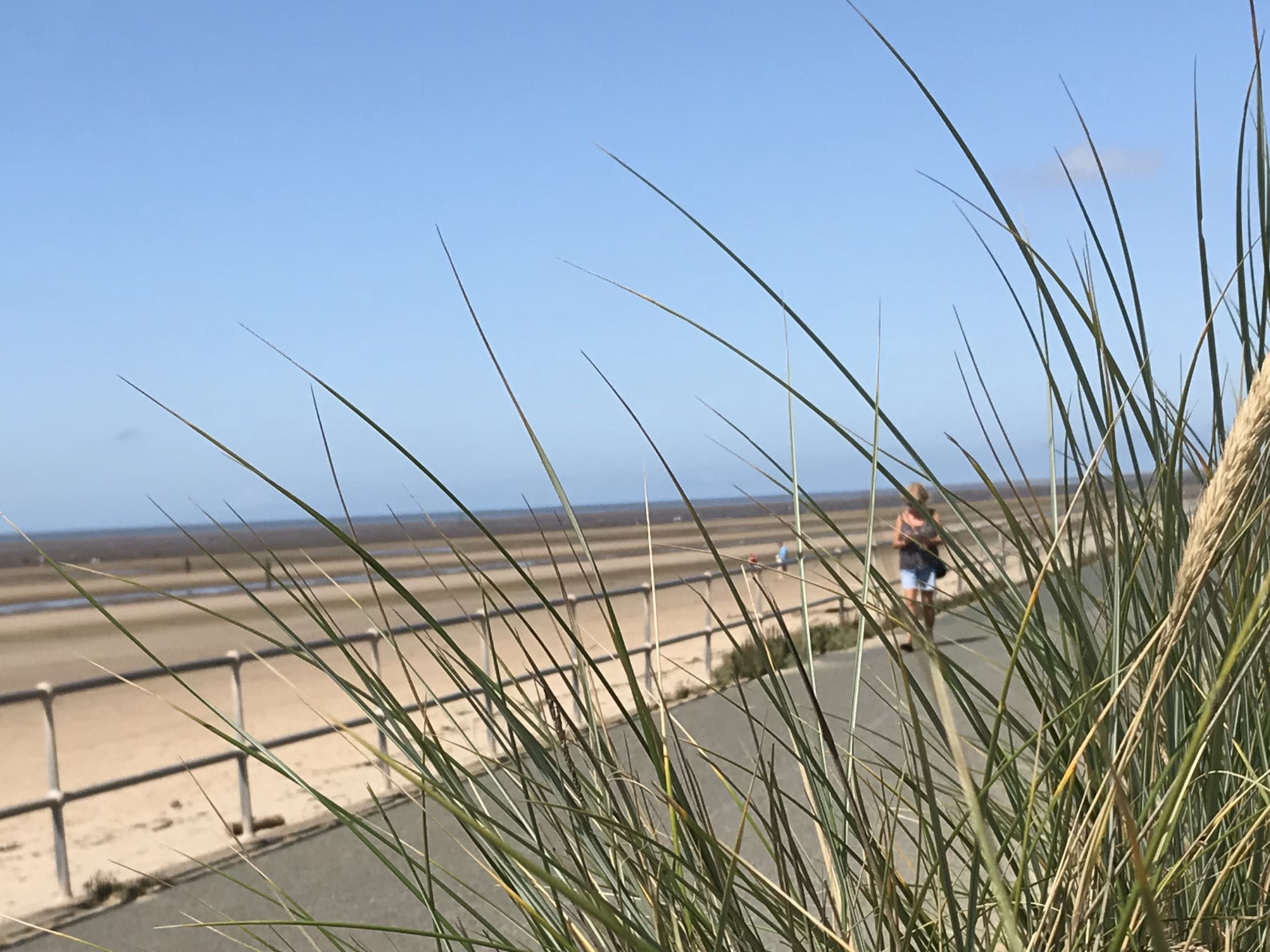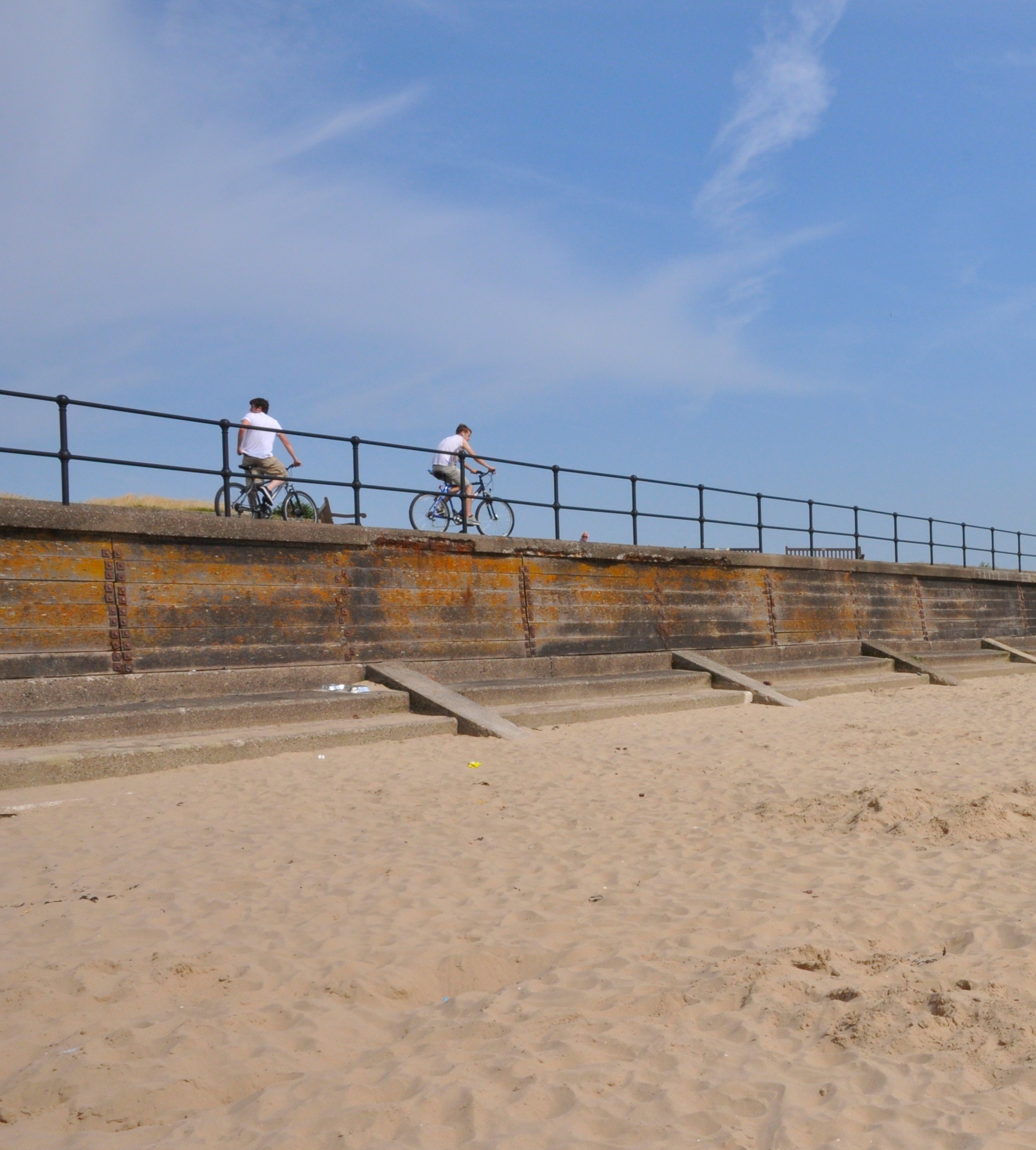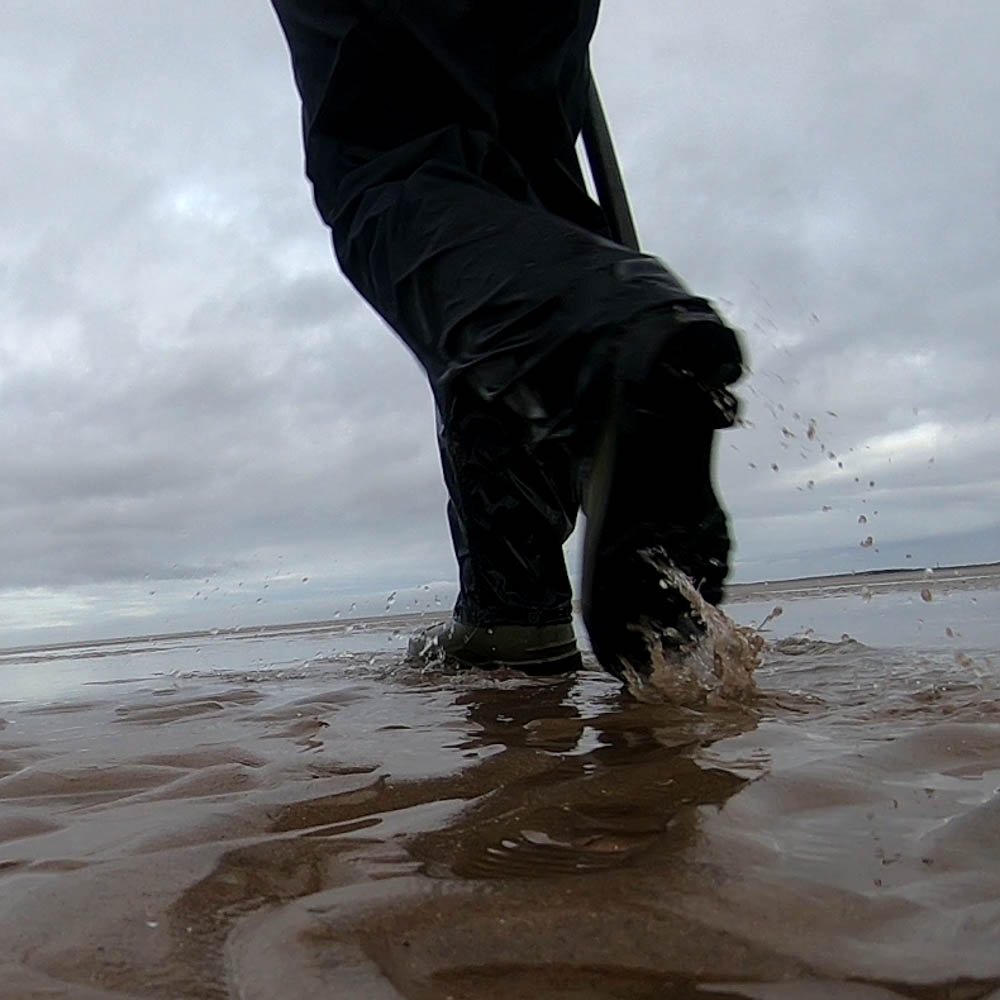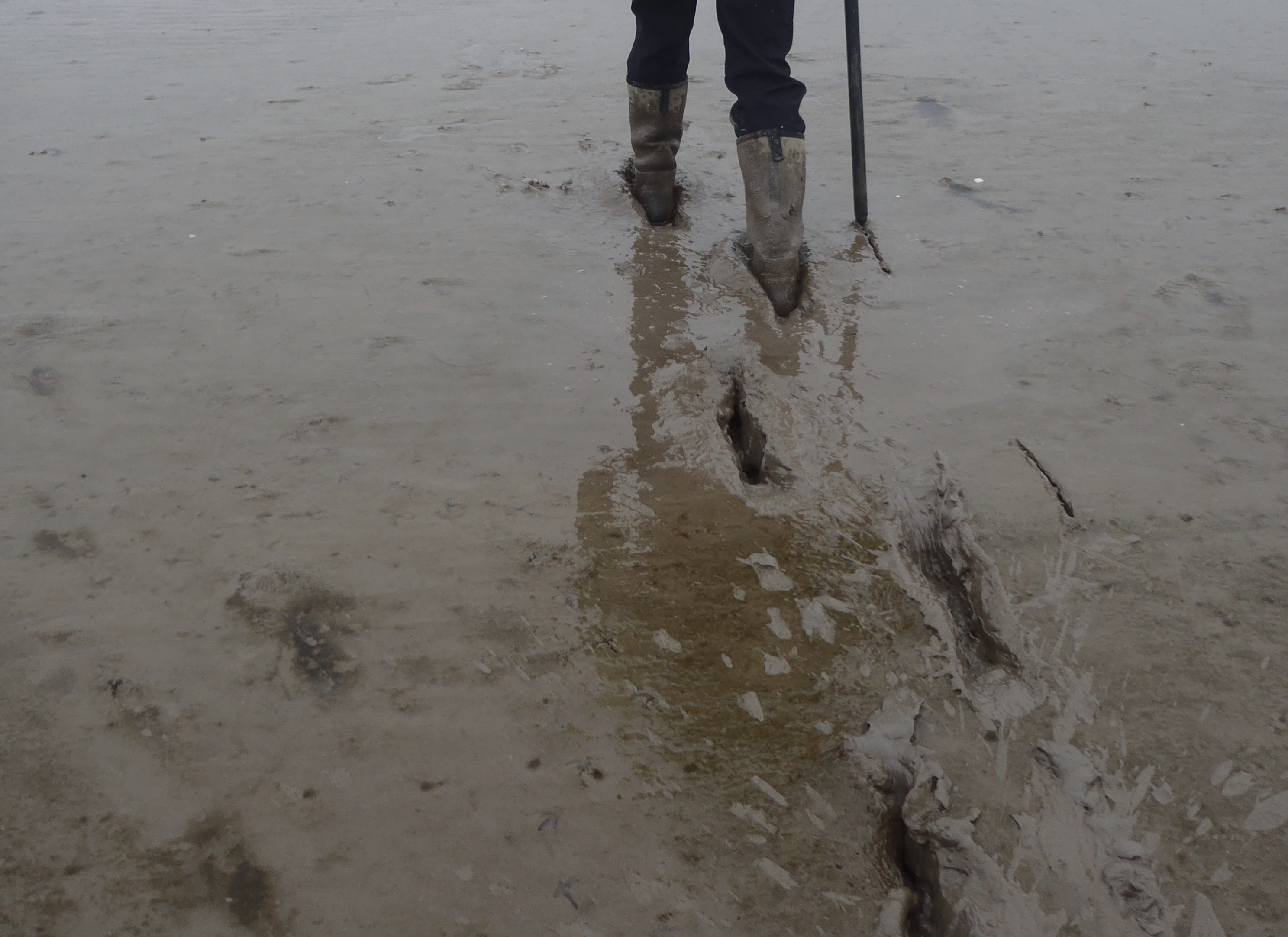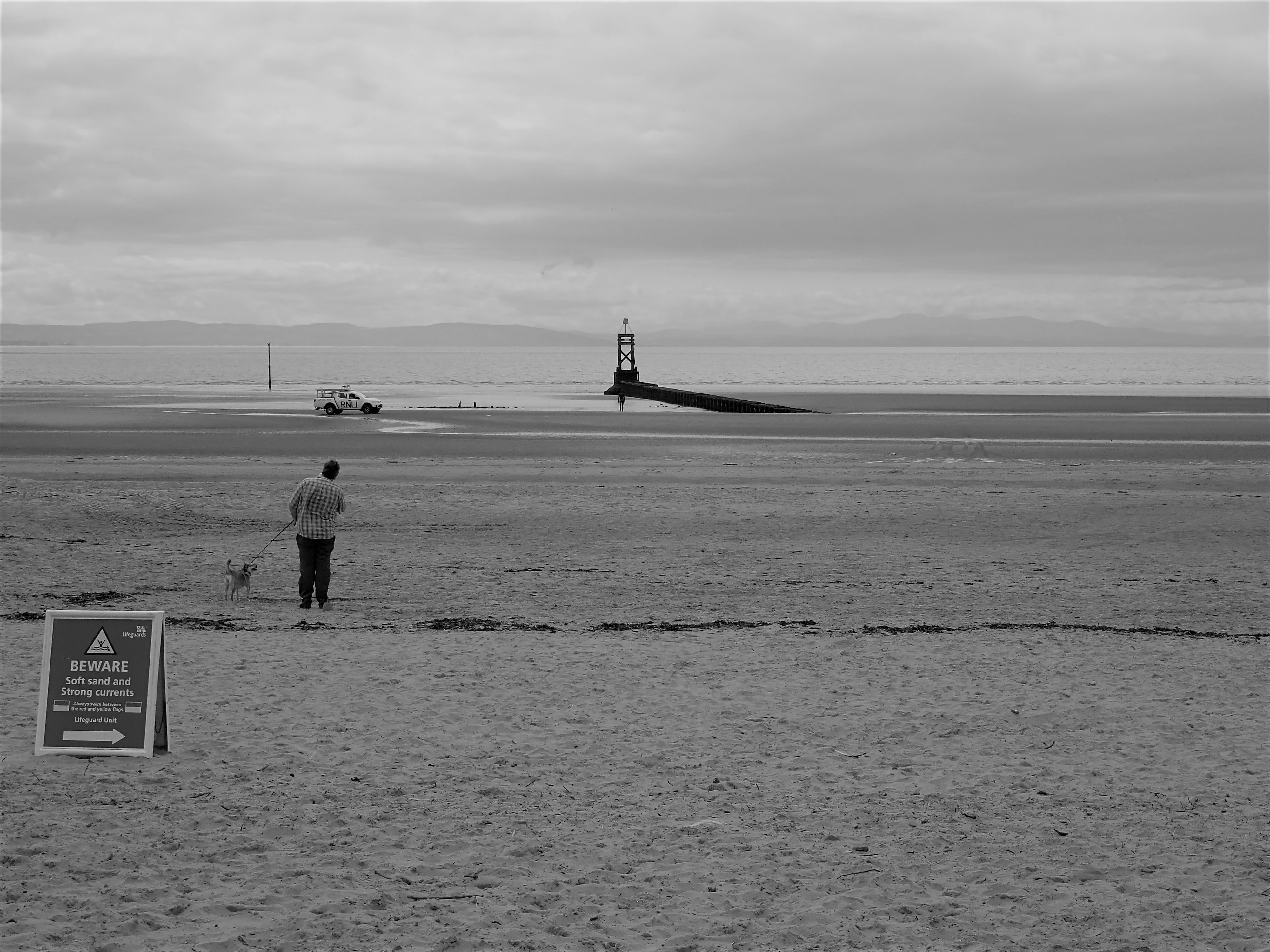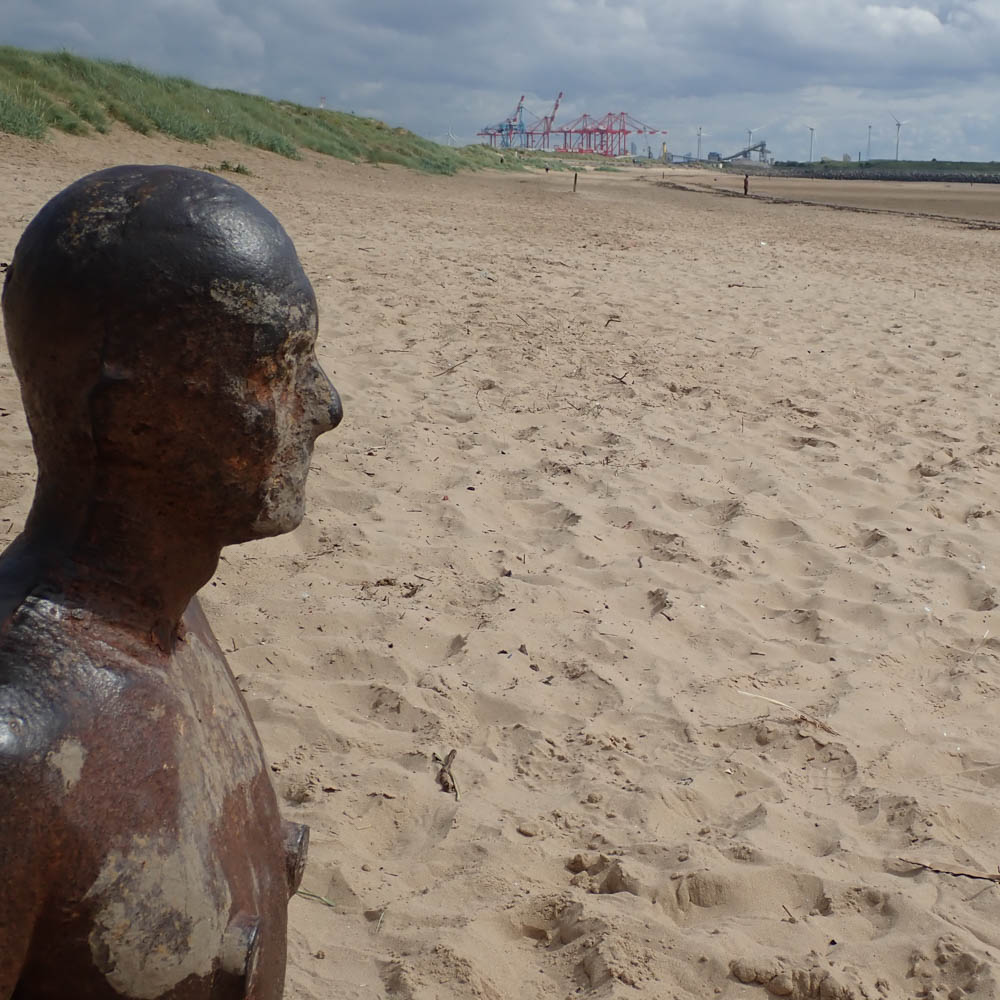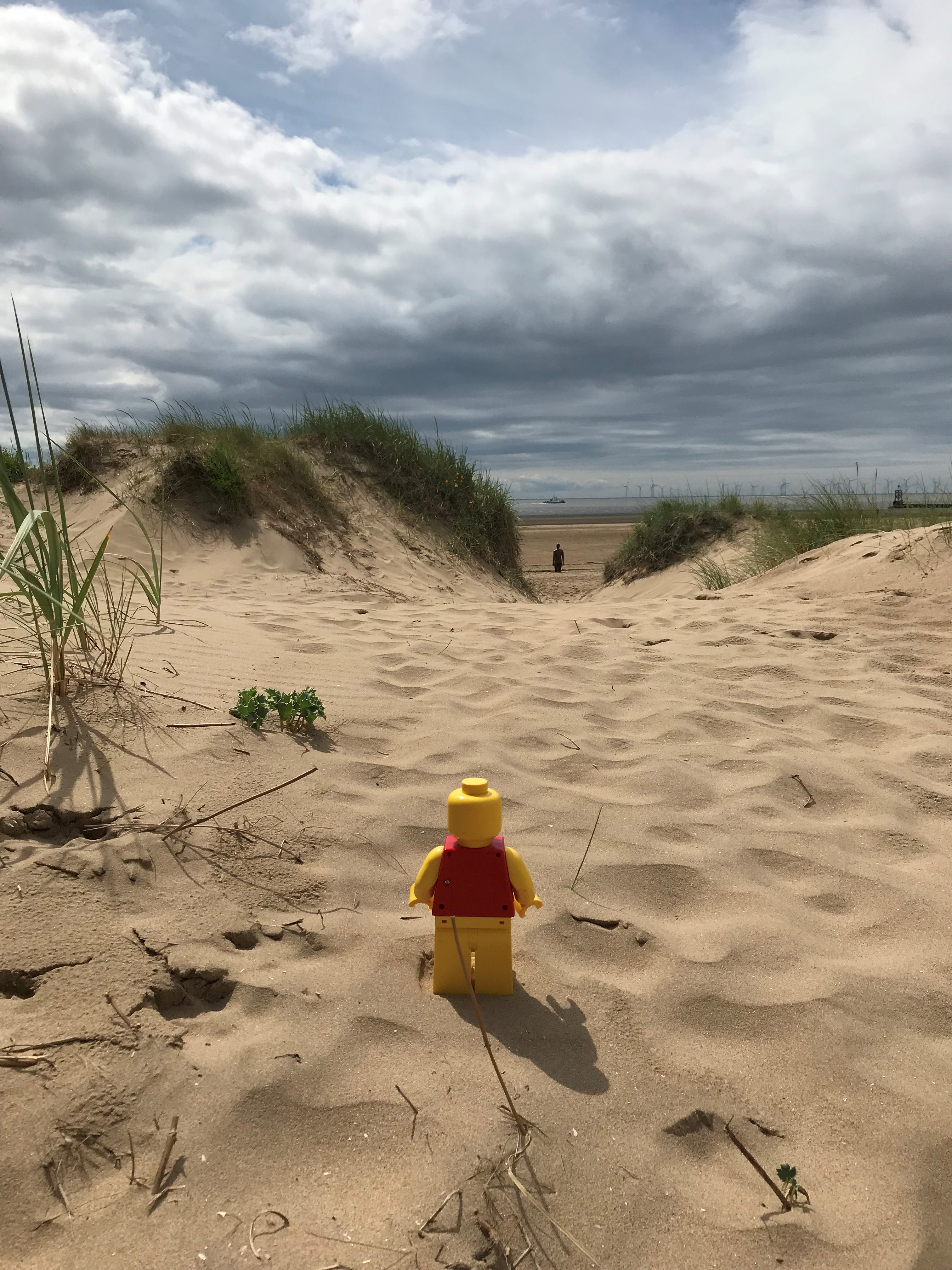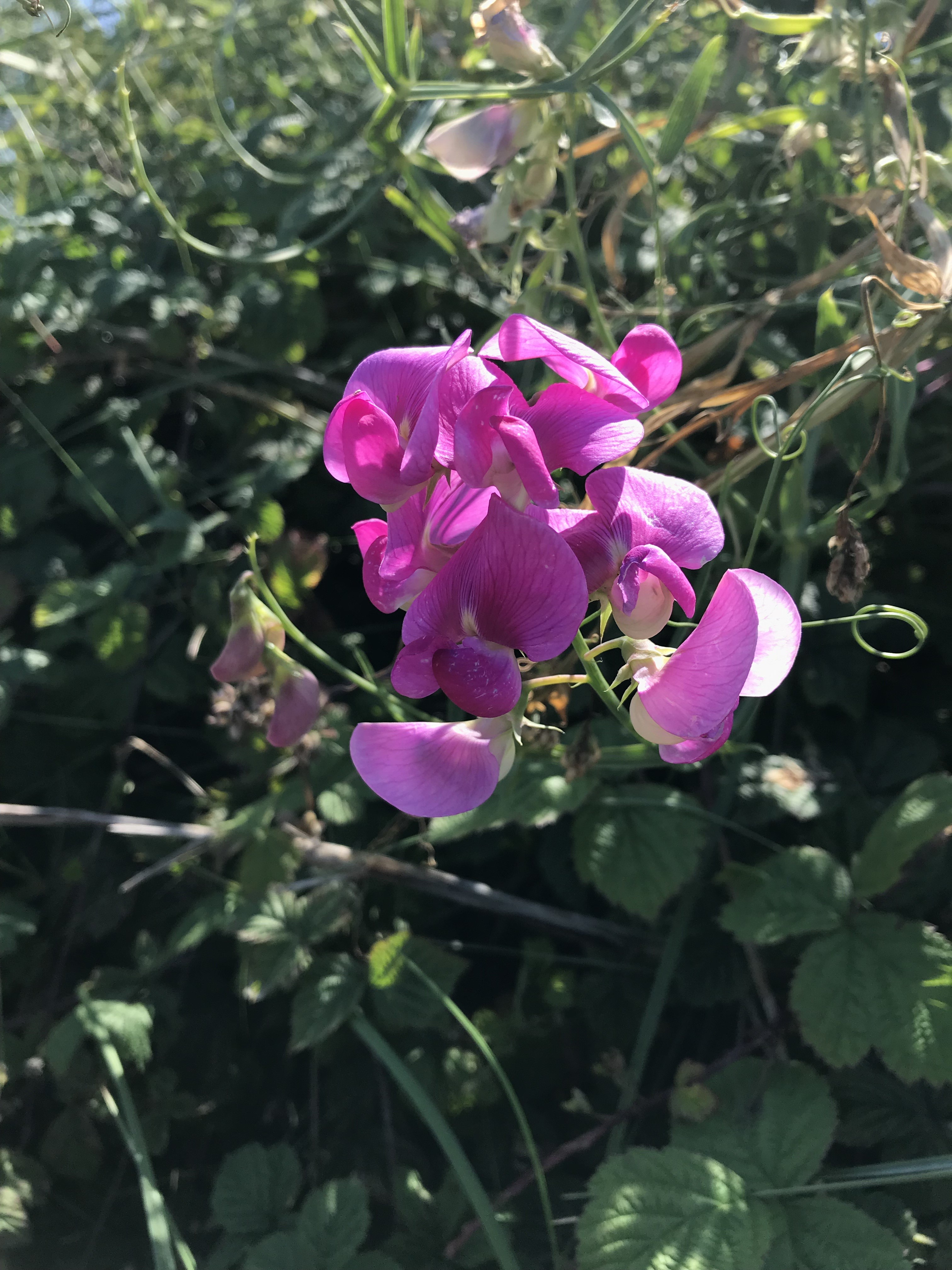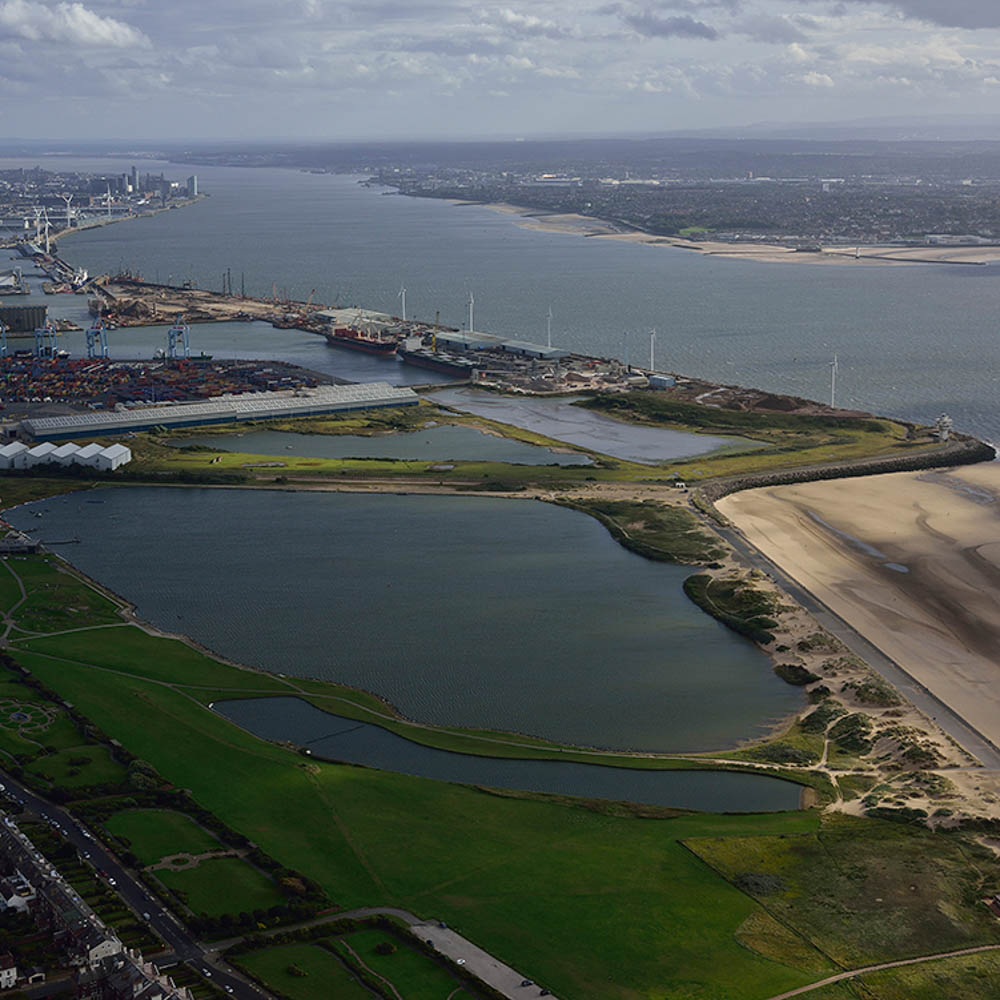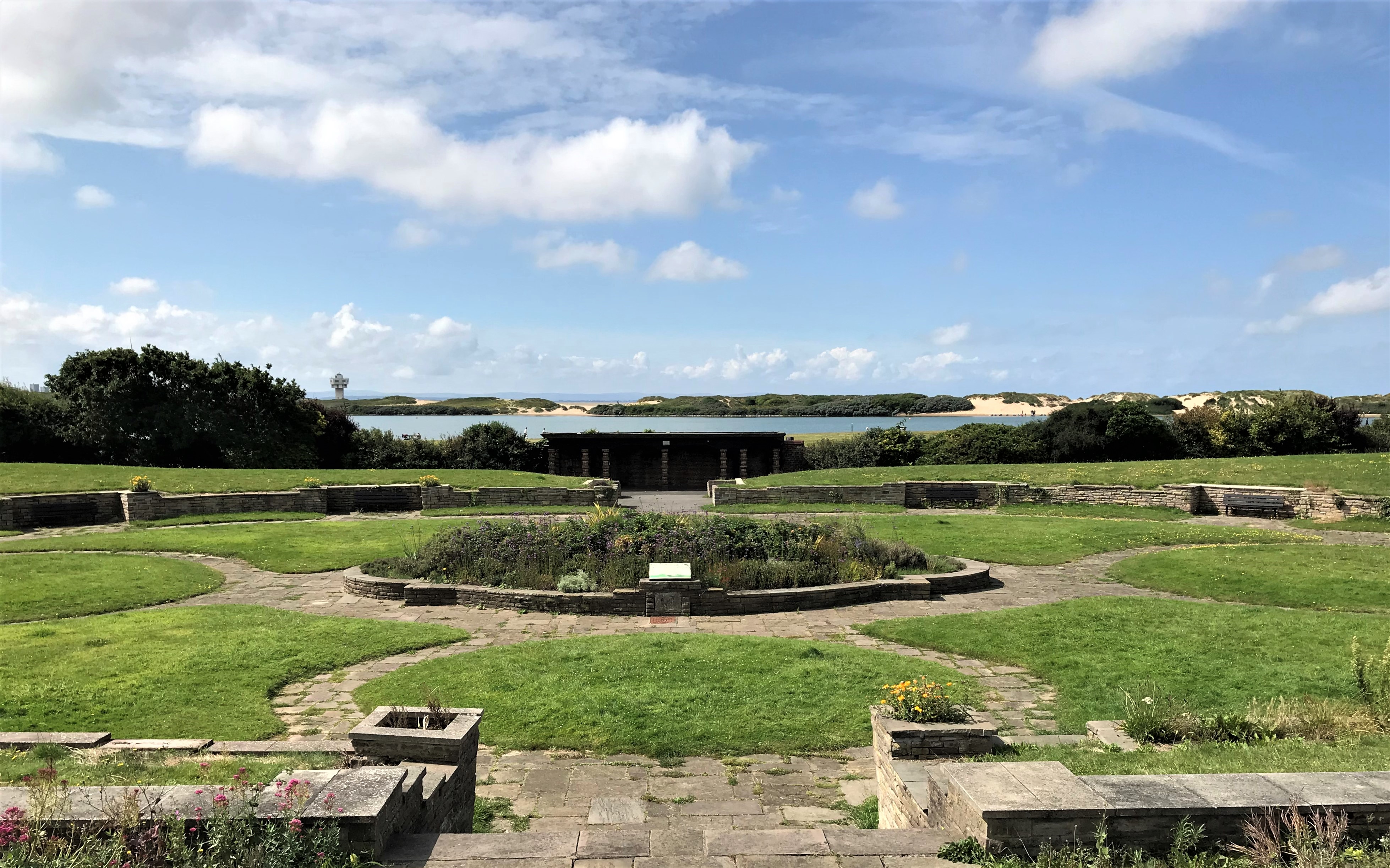These narrative poems by Sarah Hymas will accompany you on your journey along Crosby Beach.
They capture changes in coastal processes, land use, shoreline management and observation techniques.
Read the poems, listen to the author (click the map symbols or open the tabs below), and view the photo gallery.
Times are when wind can break a gull’s wing
bomb out channels and surge water the height of a bus.
I repeat, stampede on the remains of war, a torn city
dropped from a great height,
sift through the kitchen sinks, marble fireplaces
to find remnants of where I might belong
in a land that erodes as fast as my fumbling.
I am the storm that turns battering inward
when homes are lost, hurl bricks and plume sea
skyward, to remember I am here, with you, always,
in some force that could stroke a cheek or rip your ear.
Listen. I am here. My utterances fall quiet and distant
the further inland you leave me. But I am somewhere
if not with you. A radar sometimes sweeping the beach
monitoring my tracks, my stealth, my glinting eye.
I am fire in the water, see, here, and here, sparks
waiting to ignite, like the sun each dawn,
juggling starlings on the Irish Sea
playing skip on the steps at every spring tide
and gotcha with the coastguard shutters
on a suggestion of my tower-high wave spray.
I bide my time, flying wet-tongued and dry.
What is not here is somewhere: wind on a still day
floods when it’s dry, the sun in moonlight, and
those of us who bear the names on these benches.
We echo with those corrugations of sand.
The weight of memory scarcely shuffles the lines
deepening each day, so a passer-by
might not notice each shift of stiffened feature
born on the wash of tide up the beach
unfolding as data to the aerial audits. A coarse harmony
with our song carried higher than the lark’s distraction,
higher than the wind’s chorus turned silent
without resistance. Listen ― with the softness of your body
listen ― to the relentless quietness running amok
on the splutter of sealime grass, the dash of vetch
or the plundering root of plantain. Remember us
when you watch the pumping of sand eels by fishermen.
And remember if you can something of our venting
on the wind, something of the whistle in your ear.
A cacophony of life rising from the grit, ground
from all the years that make this day and tomorrow.
Unseen as the internal tide sluicing from the timbers
within the seawall sighing under your feet.
Dark is where I am most animated
where I have all the potential in the world.
I am by turns bewilderness
and fascination. Half land, half sea.
Tremors above and below
in deepening shadows
sometimes evident sometimes not―
my sludge from the ocean floor,
edges flesh thick. I fight your desire to go on
rather than back. I mudflat, I sandflat, I foot trap.
To map my evolving elevation to map my topography.
To map me. Mudflat, sandflat, foot trap.
My body is from many seas. Adrift
on the sediment, with runnels I swing.
How to trust my bathymetric height
when I squirm deeper than can be seen.
How to trust what I say, turning promises to threat,
mutterings to grit in your ear.
Mud from the Mersey. Mud from the Alt.
Mud mingling the Dee and Ribble.
Nothing like the spark of sediment
stirred up by you from the city
by you from away, my earliest memory
lodged in spring wet mud shore mud
mountain mud bed mud hiding more muddied
skeletons than just you could ever make.
I am what the wind makes of me
in the dunes’ pockets, spider-small under sky.
This chisel of ocean works my face.
Standing still is acrobatic.
Blades of tide, light and shadow
fold my attention
into a passage of waiting
for the irresistible horizon,
for it to close alongside five thousand years
of uncountable shifting grains
swallowing any trace of footsteps
through the forests of marram grass
separating me from solid ground. So far.
Every day holds the prospect of a voyage
of not knowing where
some part of me will scour next.
Particles of iron, of shell, of razor
plastic drift, root and basket,
in a glacial reworking
of where we sink while water rises.
I grow out of mountains thriving
from garden escape, to share
how salt crusts my touch.
I don’t want to harden. Soften with me
as what I say rusts and grinds
the peaks of your sand-blown thoughts.
Helming is holding our bodies
in all this water-rolled shore
marking time, its elevating tide.
Here I am contained, restless, a testament
to the conviction of industry
to carry the world: load on load
and still keep it waiting on the tide.
Cranes kneel to the force of ocean channelling
into the dock, its excavated clay lying
beneath your feet, holding my sloshing doubt
of whether a beach can be stabilised.
Not so long back it drifted away to be stoppered
by the two brick thick wall of the formal gardens.
The cranes, having dug out the filth and stink
of the past, now praise the sky, in a barely-there angle
as distant as the sun-stars in water―
as those exploding far into our future.
What do I know? Before the dock clay
cradled me I was wind-tears in the eyes
of the captain of the Titanic
who watched from the painted terrace
for the fishermen to bring their catches home.
I might hold the prophecy of certain movement
of waders, algal blooms, the skitter of wind
that reveals and hides defences
for stormtime, beachtime, wartime, docktime.
All clocked by the eyes of the radar tower
that twists in a resilient silence. Listening
as you listen, as what I say laps and whispers,
ruffling to snag in your memory or twist away
as the Mersey becomes the Irish Sea
becomes the Atlantic becomes the tide
a loaded tanker ploughs.
See the wash of my shoreline
how the thinnest ripples leave their mark.
Watch on the YouTube video playlist
Download waypoints as GPX file | KML file
We have brought together science and art to create a narrated coastal walk along Crosby’s shoreline, north of Liverpool UK. This has been developed to raise awareness of shoreline change and coastal hazards. By becoming more aware of changing coastal conditions we hope people will act as advocates in shaping how communities better prepare for future change. Building coastal community resilience: preparedness through poetry funded by AGU Celebrate 100 grants.
See our related research video and video playlist.
Follow the team: @Wirewall_NOC, @SarahHymas, @GreenSefton_

